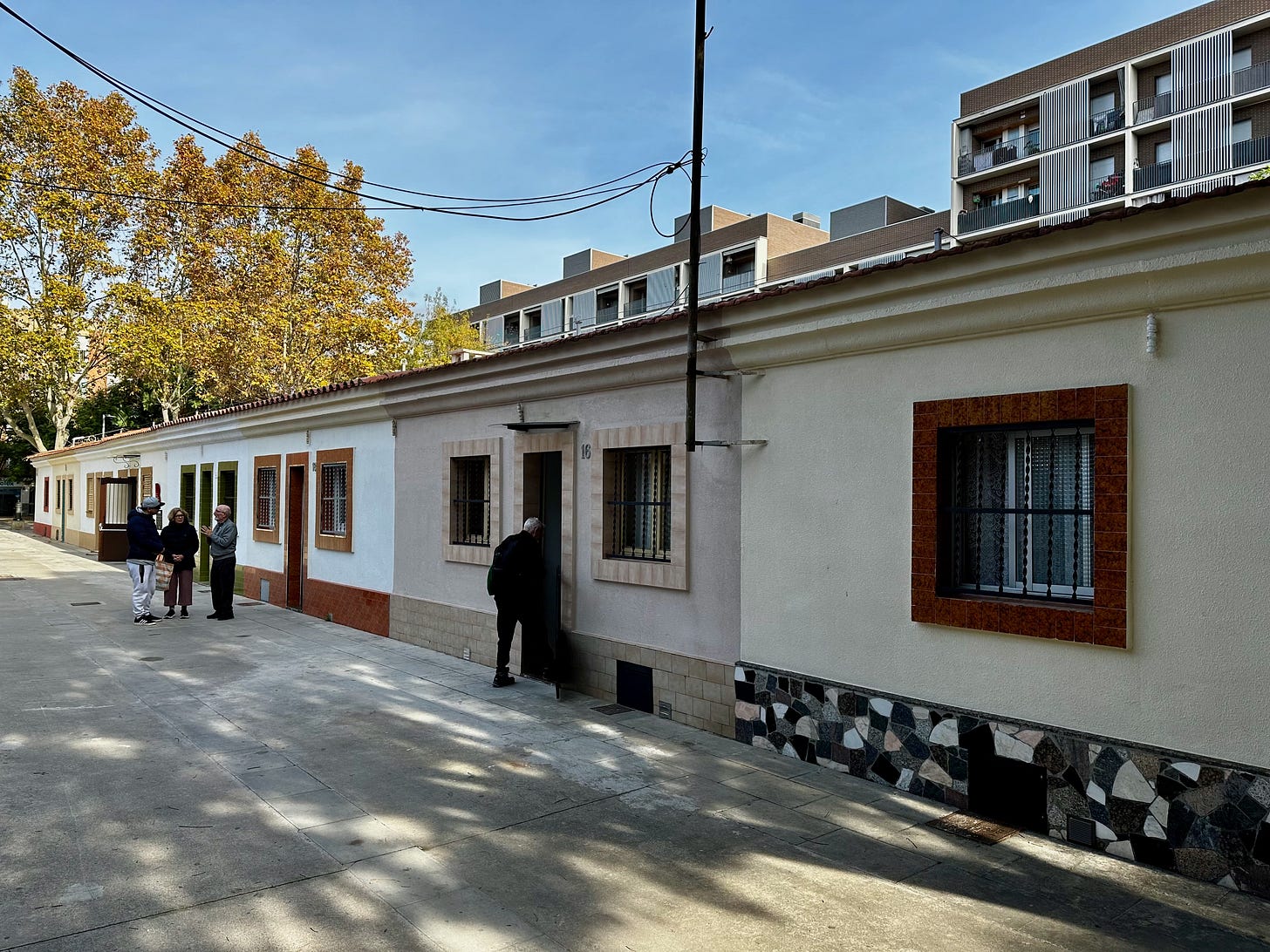The "Cheap Houses" of Bon Pastor: A Hidden Gem of Architectural Heritage
MUHBA Bon Pastor: A Living Museum
The "cheap houses" of Bon Pastor in Barcelona were on the city's outskirts and carried an air of mystery and perhaps even stigma. However, for the residents who called them home, these houses represented something far greater: a unique architectural and cultural treasure that experts have taken over a ce…
Keep reading with a 7-day free trial
Subscribe to Escribitionist.com to keep reading this post and get 7 days of free access to the full post archives.


